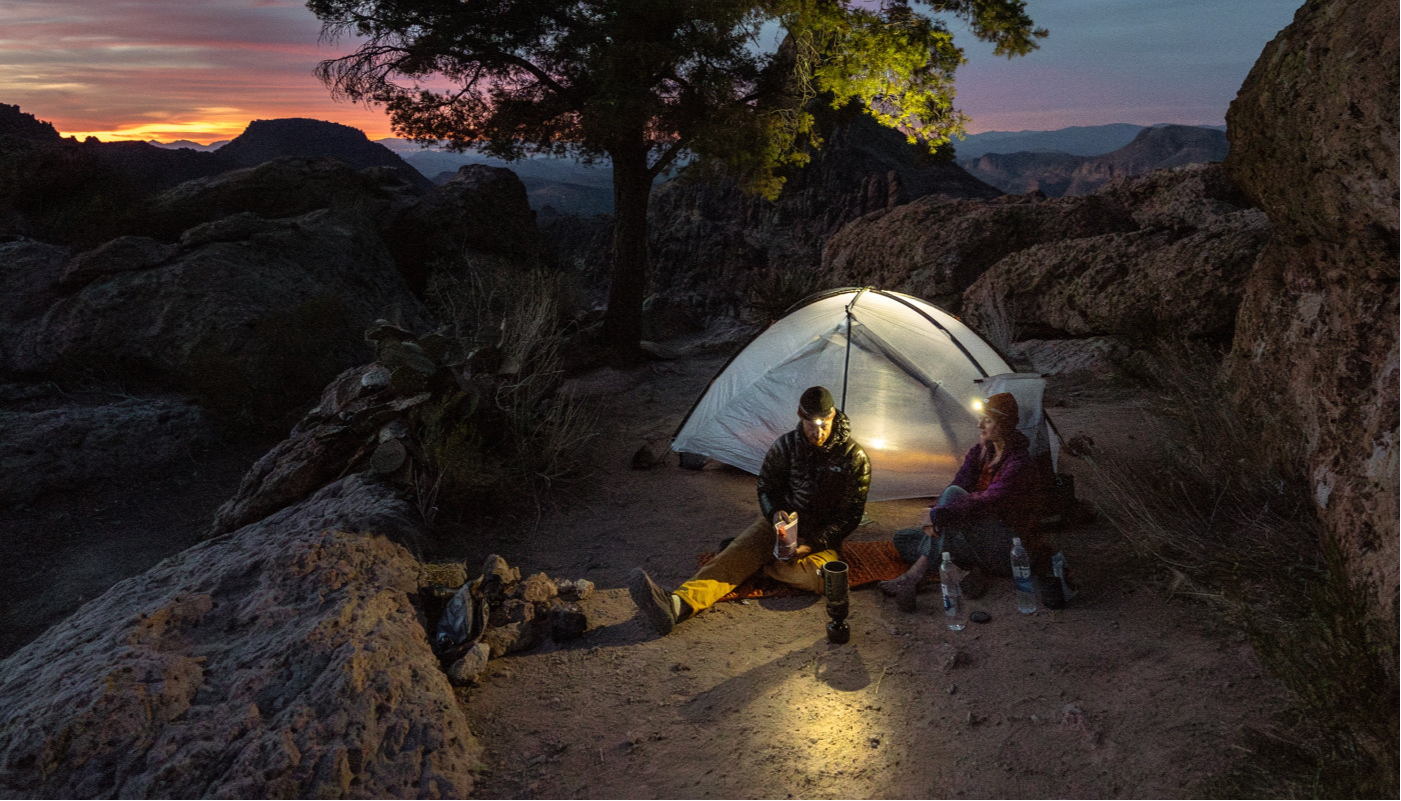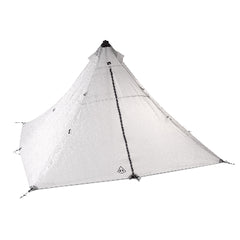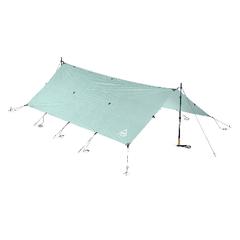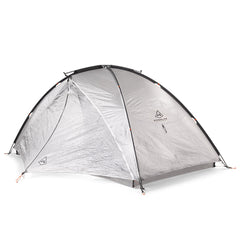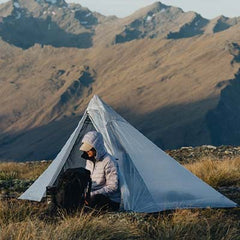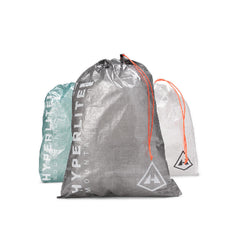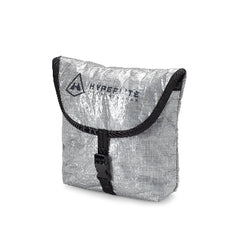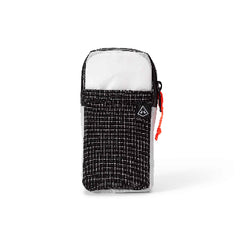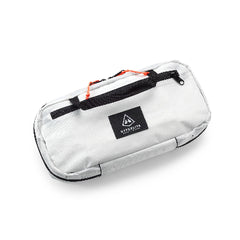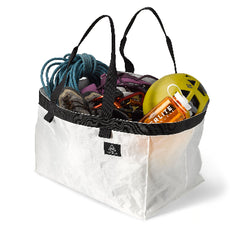Words and Photos by Jackson Abhau @switchbackjack
Last June, during his 2025 thru hike of the Pacific Crest Trail, our friend Jackson got a heapin’ helpin’ of what the Sierra Nevada is like–in trail time anyway– very early Spring. And while he had plenty of reasons to arrive when he did, it presented some uniquely challenging conditions that left those of us back home wondering how anyone could plan or even go with the flow when things get that rugged. So we asked,
“What advice would you give to long distance hikers that would allow them to focus most on the adventure itself? Where does the intersection of routine / structure / systematic habits and flexibility meet?”
To which he replied,
This is an interesting question.
In many ways, I'm not very qualified to answer it because I'm terrible at being present, at focusing on the moment. I'm a planner through and through, so I'm always thinking about what's next. It's a balance that I, as a hiker and as a human, have yet to strike.
That said, I think the most important thing you can do is to know yourself. Some people are blessed to be able to go with the flow and not experience an iota of stress about it. Others, like me, are Type A planners who are physically and mentally incapable of not forming a plan—even if they've decided not to. For these sorts of people, the habits are so hardwired that I don't know that my advice is helpful. But there's a third group out there, too. These are people who'd like to go with the flow, but when the moment of decision arrives, they become stressed that they don't have a plan. Perhaps it’s this group—which probably includes most normal people—who’d most benefit from some advice here.

I think the key is to get your basics nailed down—have a routine and get good at it. Have a sense of your capabilities and limitations. Know how far it is to your next resupply point and know what tasks you need to accomplish when you get there. Basically, provide yourself a structure within which you can improvise. Spontaneity is at its most freeing and fun when used to break up a routine. If you don't have any structure or routine, you're not being spontaneous, just chaotic.
It's easier to take in the little things when you have the big things figured out. In the end, it's not overplanning that kills fun—it's underplanning. Overplanning can be fixed; underplanning cannot. You can always depart from a set plan when adventure calls. But when push comes to shove, you can't suddenly form a coherent and practical itinerary from scratch. Some hikers wind up learning this the hard way.

Kennedy Meadows is a major landmark on the PCT, representing the end of the desert and the beginning of the Sierra Nevada. We arrived in the town very early. In a typical snow year (which 2025 was), conventional wisdom suggests that the best time for northbound thru-hikers to enter the Sierra Nevada is mid-June. We got to KMS on May 2nd. Even with a few days off to rest and refocus, we would leave and re-enter the wilderness on the 7th—over a month too early, by most accounts.

It should go without saying that the mental state of the other hikers was chaotic at best. The entire town was an echo-chamber about everyone’s worst fears of early-season snow, ice, and other dangers too frightening to even mention. Realistic expectations went out the window. Crazy ideas began to sound plausible. It became clear immediately that almost nobody knew what they were doing.
Now that included us, of course—but we had an ace up our sleeve. We’d been thinking about this moment for a while, sizing up the trail, the miles, and our goals. We knew what we wanted out of this section and we had an idea of how to accomplish it.

While we would end up departing from our plan at times, we found the Sierra Nevada to be less stressful than most of the groups around us. Sure, it was difficult, but we managed to accomplish our goals—summit Whitney, not skip any snow-clogged miles, ford the rivers that needed fording, and, most importantly, survive—all while trekking through the frigid, subarctic wasteland that is the Sierra in the spring.
So, know your goals and know your limitations. Make a plan. But don’t be afraid to depart from it. You and your adventure will thank you later for putting in the work now.


